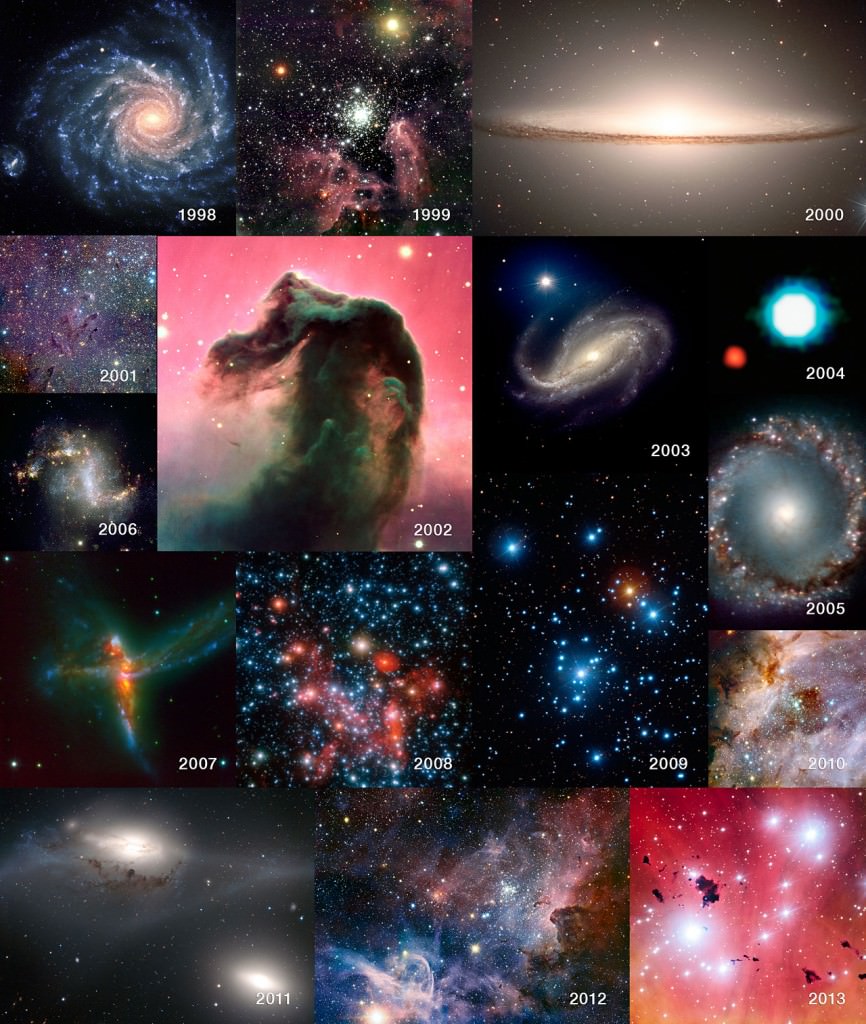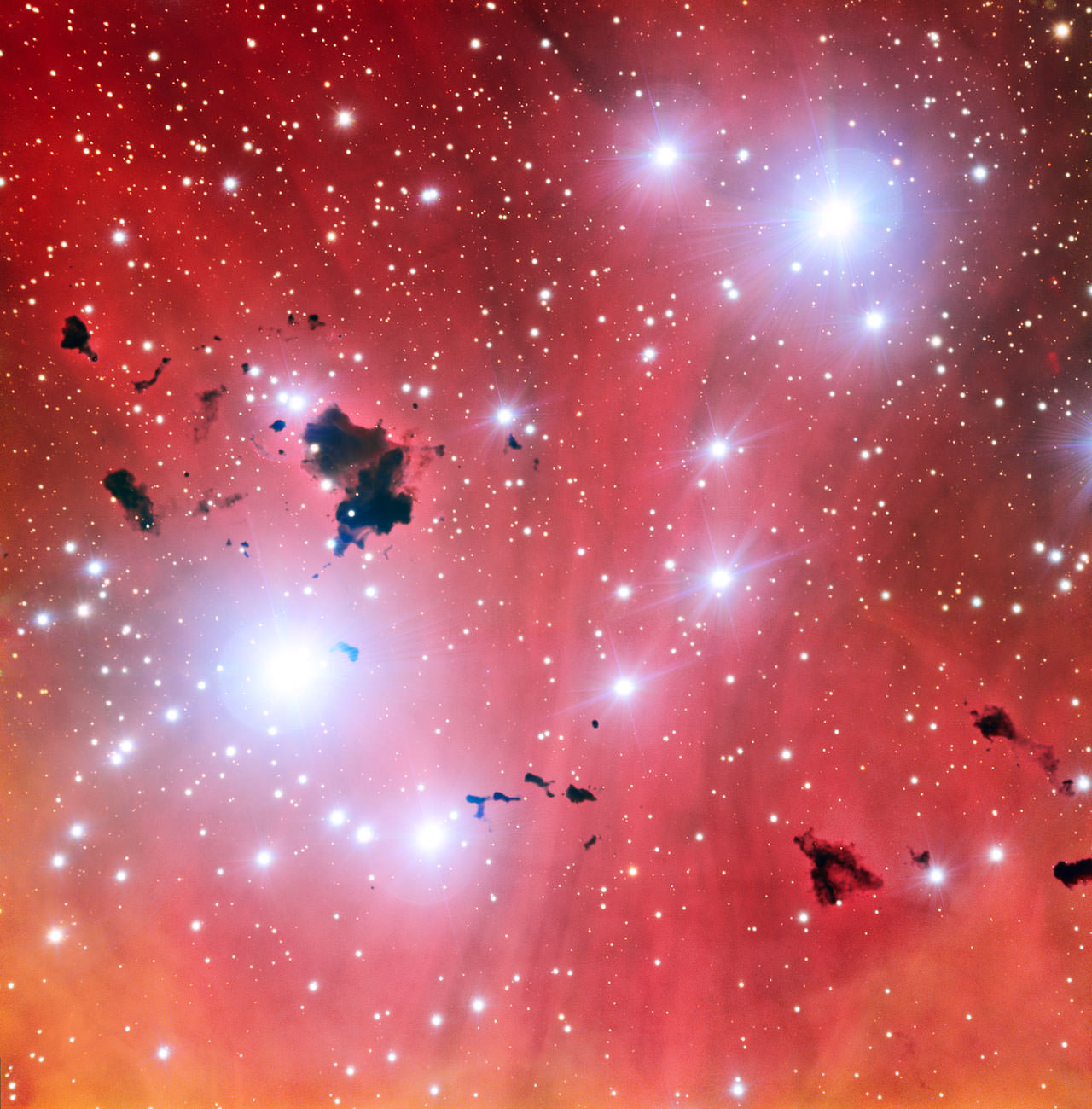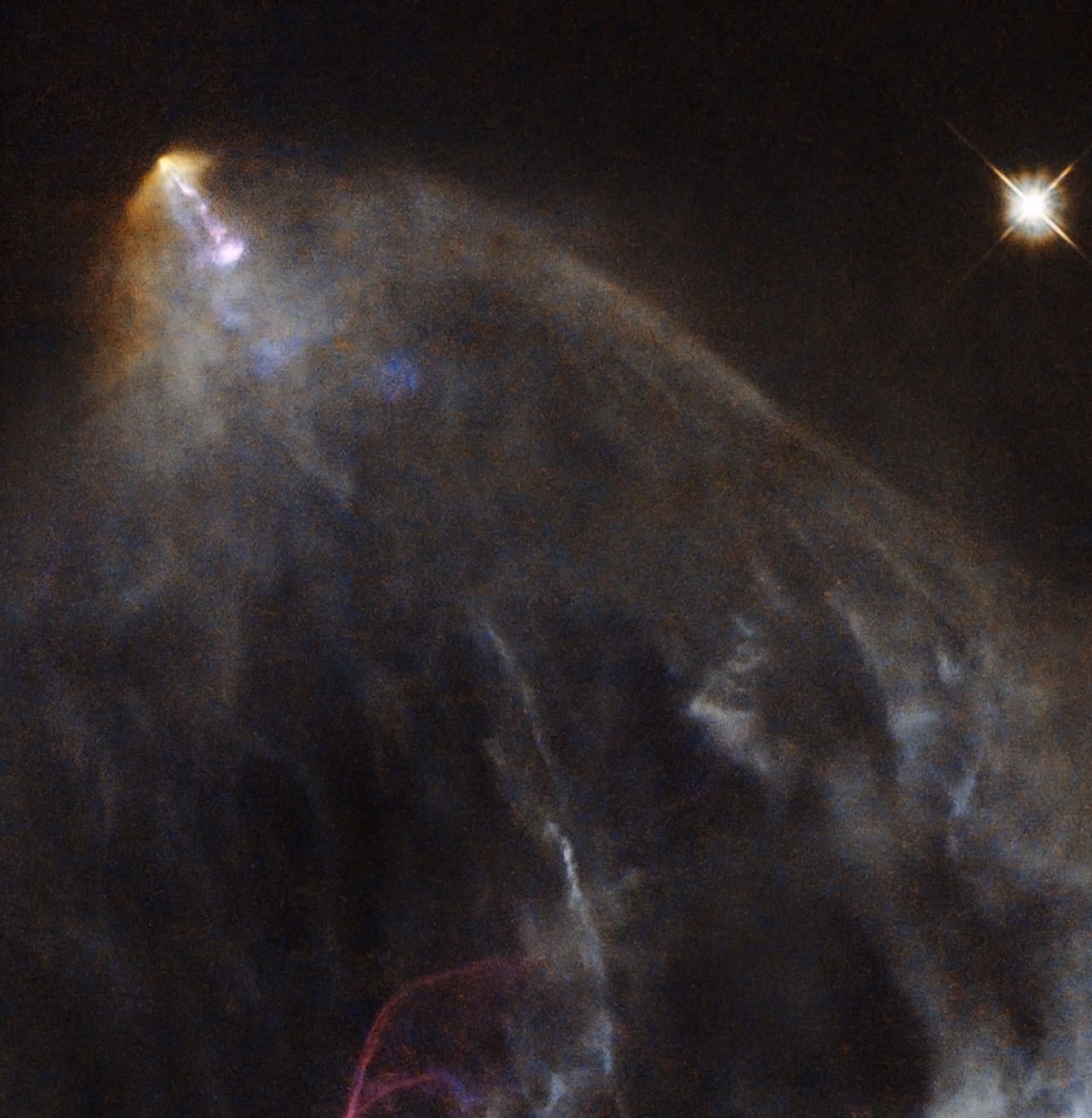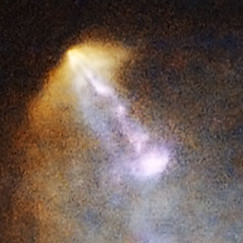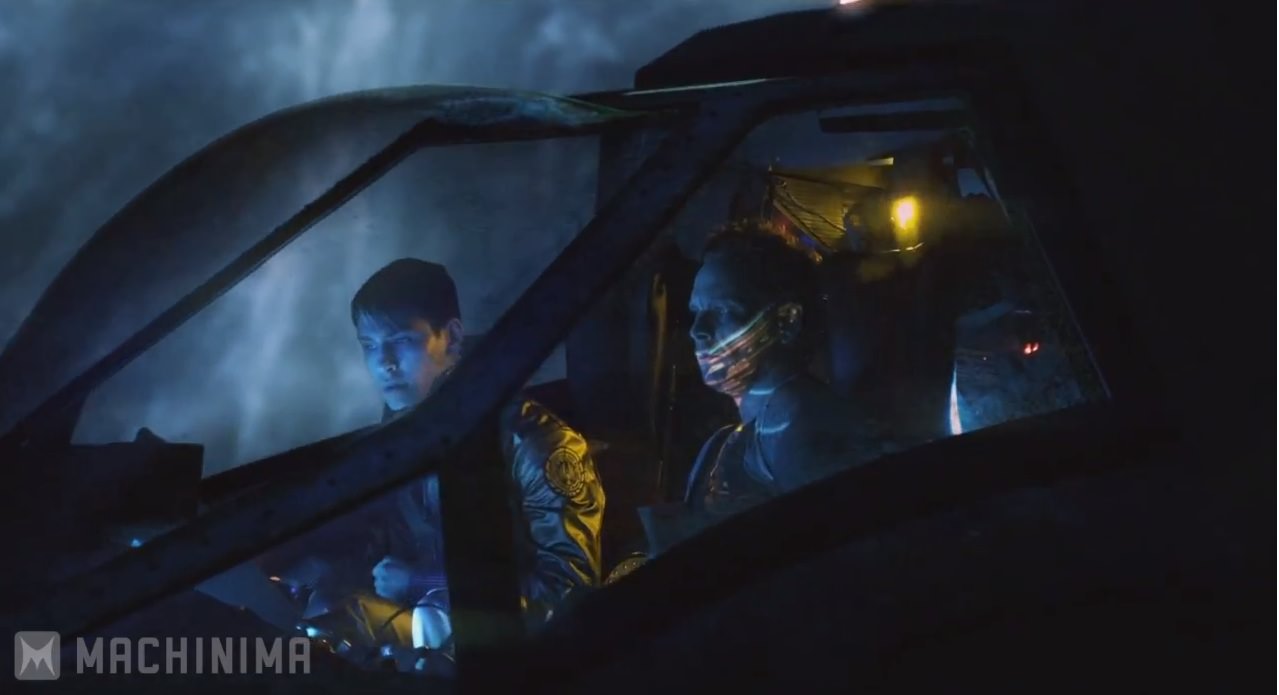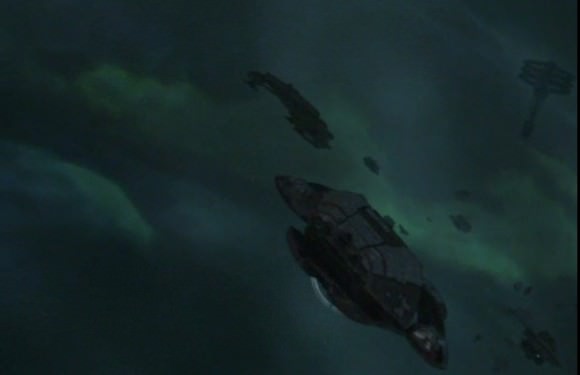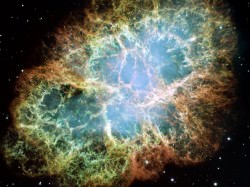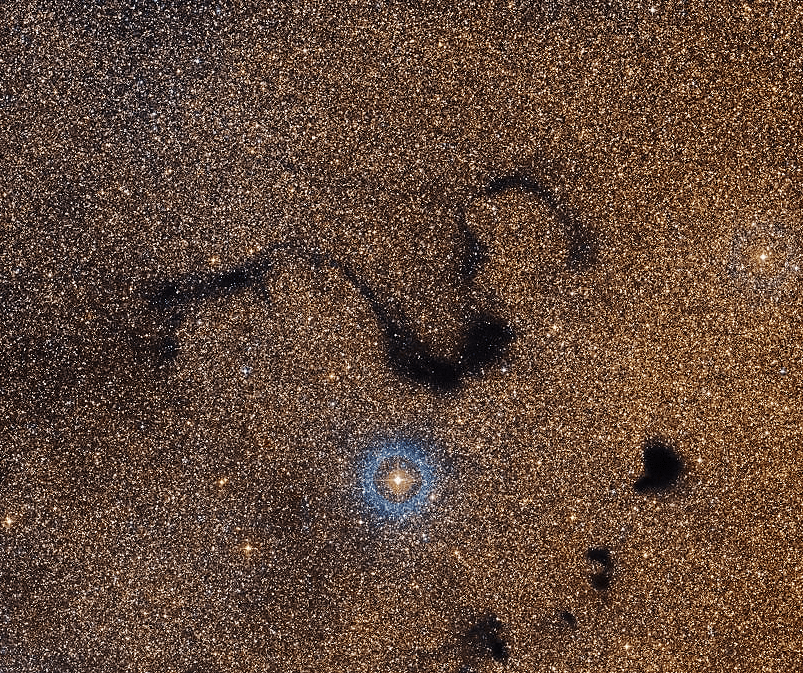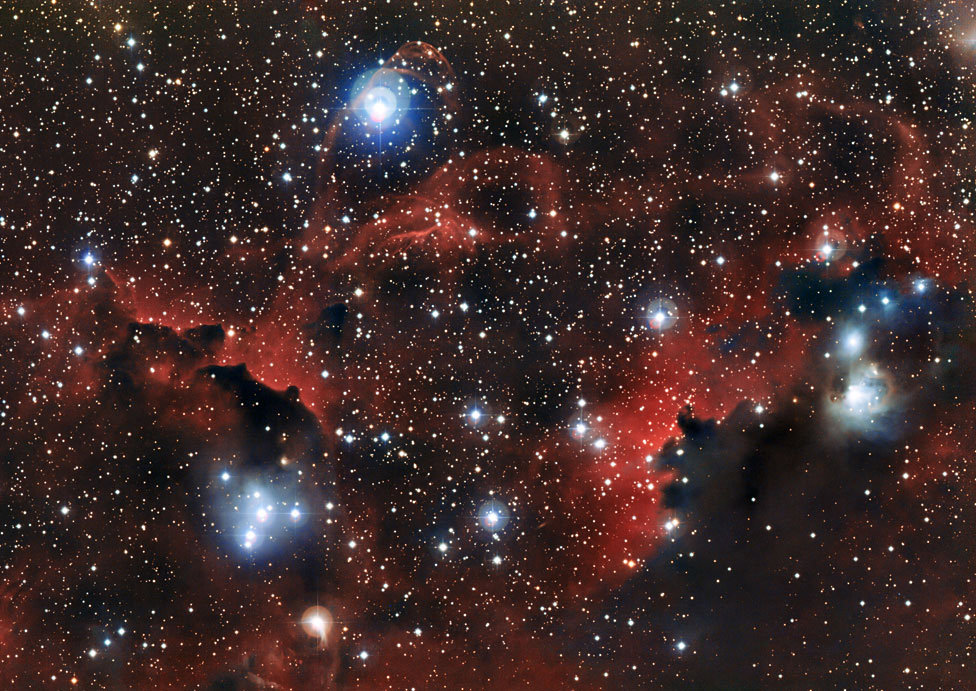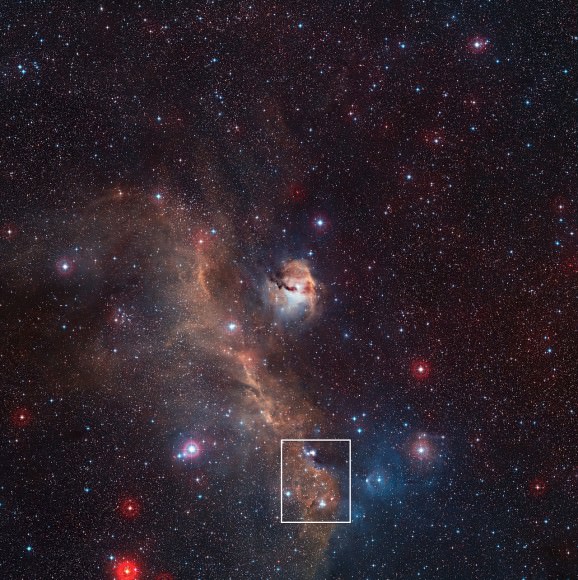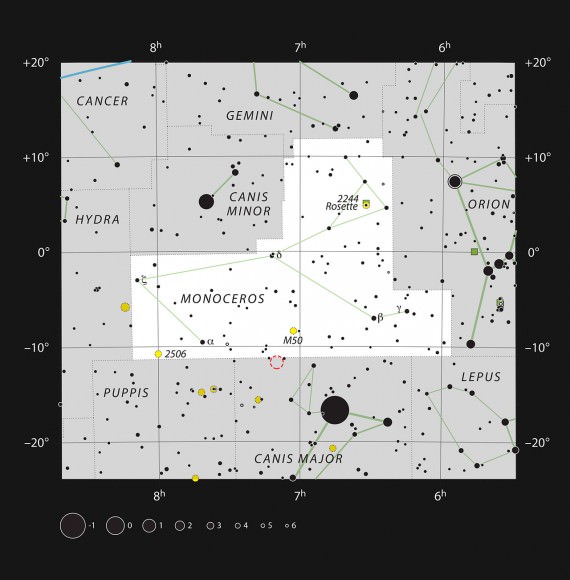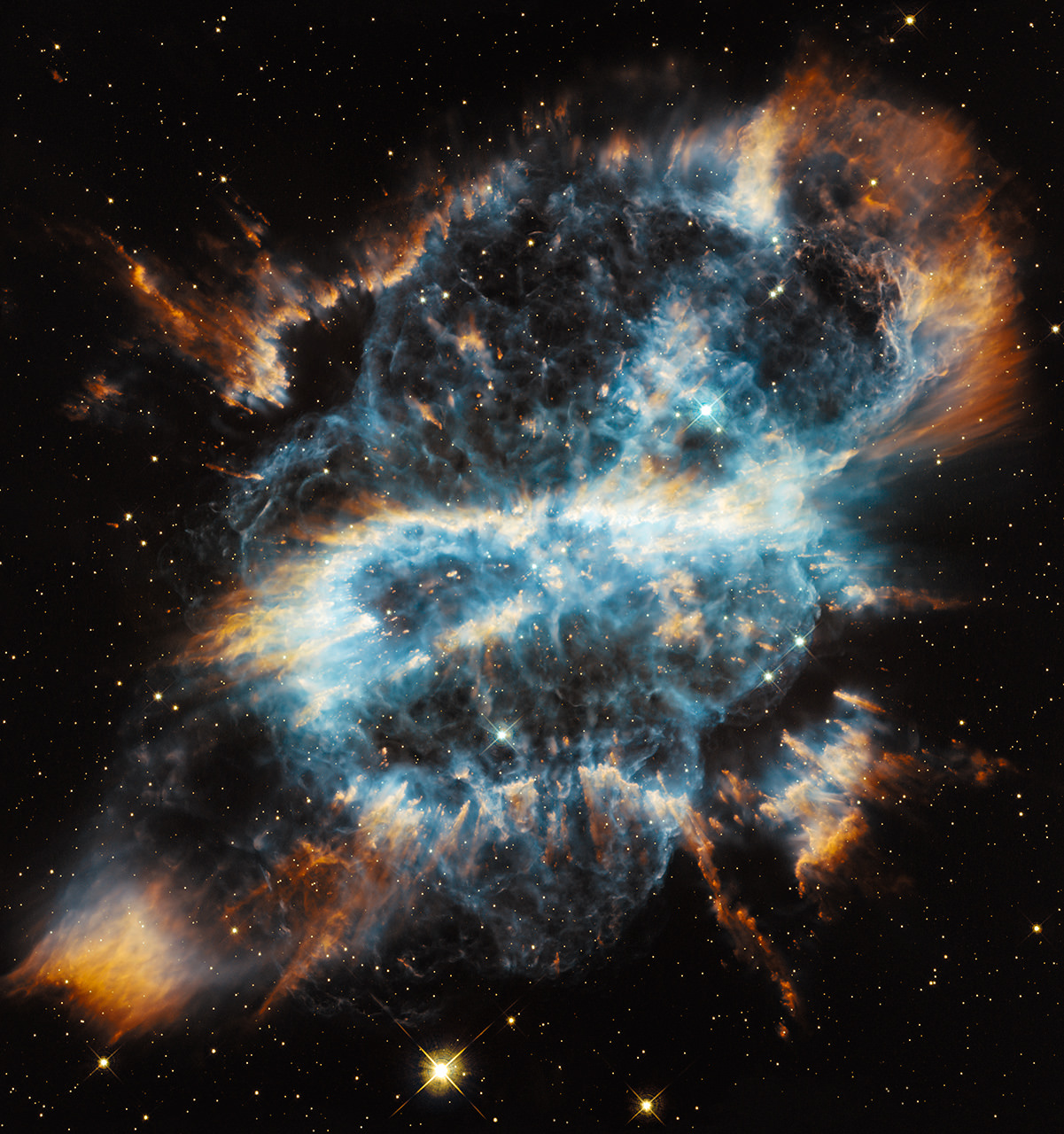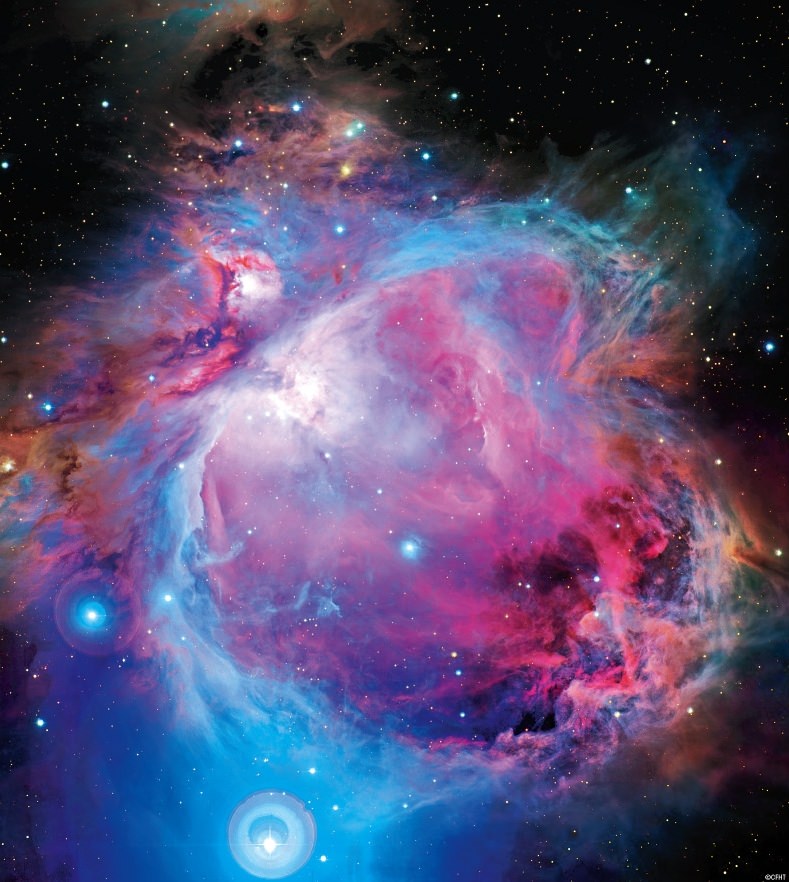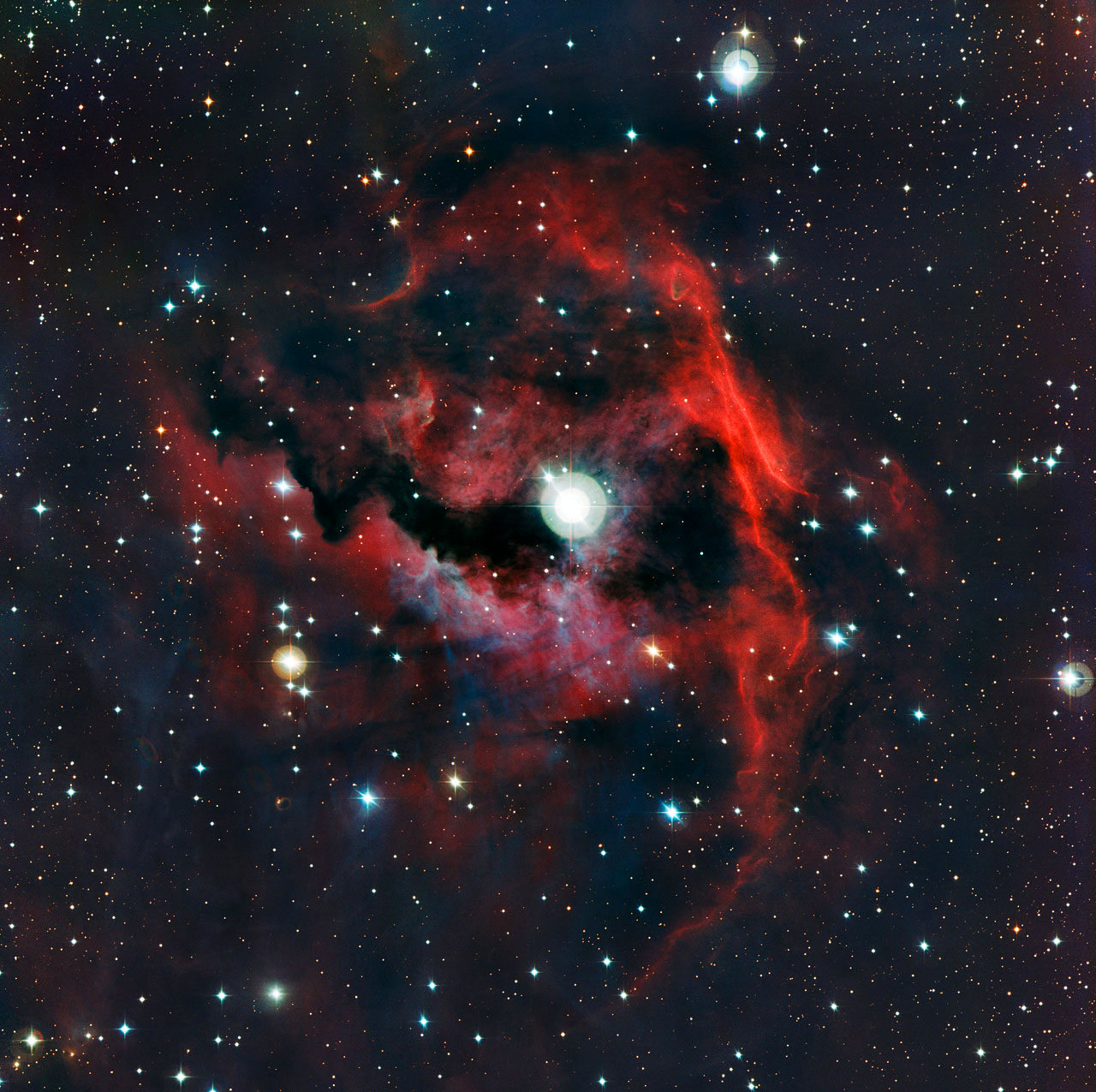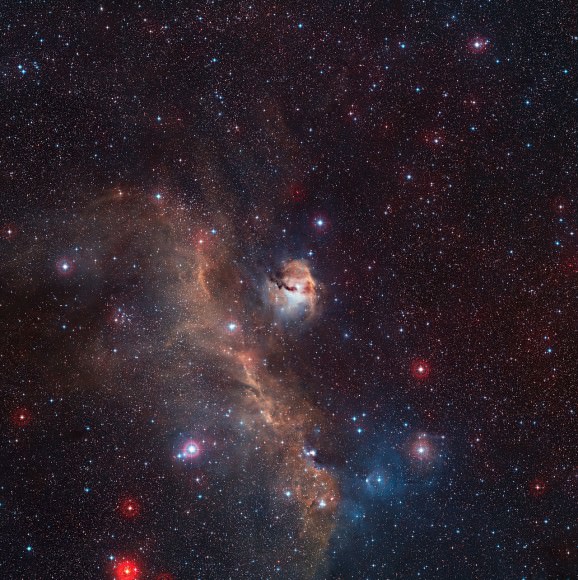The well-known star-forming region of the Orion Nebula. Credit: Canada-France-Hawaii Telescope / Coelum (J.-C. Cuillandre & G. Anselmi)
Precise distances are difficult to gauge in space, especially within the relatively local regions of the Galaxy. Stars which appear close together in the night sky may actually be separated by many hundreds or thousands of light-years, and since there’s only a limited amount of space here on Earth with which to determine distances using parallax, astronomers have to come up with other ways to figure out how far objects are, and what exactly is in front of or “behind” what.
Recently, astronomers using the 340-megapixel MegaCam on the Canada-France-Hawaii Telescope (CFHT) observed the star-forming region of the famous Orion nebula — located only about 1,500 light-years away — and determined that two massive groupings of the nebula’s stars are actually located in front of the cluster as completely separate structures… a finding that may ultimately force astronomers to rethink how the many benchmark stars located there had formed.
Although the Orion nebula is easily visible with the naked eye (as the hazy center “star” in Orion’s three-star sword, hanging perpendicular below his belt) its true nebulous nature wasn’t identified until 1610. As a vast and active star-forming region of bright dust and gas located a mere 1,500 light-years distant, the various stars within the Orion Nebula Cluster (ONC) has given astronomers invaluable benchmarks for research on many aspects of star formation.
[Read more: Astrophoto – Orion’s Bloody Massacre]
Now, CFHT observations of the Orion nebula conducted by Dr. Hervé Bouy of the European Space Astronomy Centre (ESAC) and Centre for Astrobiology (CSIC) and Dr. João Alves of the Institut für Astronomie (University of Vienna) have shown that a massive cluster of stars known as NGC 1980 is actually in front of the nebula, and is an older group of approximately 2,000 stars that is separate from the stars found within the ONC… as well as more massive than once thought.
“It is hard to see how these new observations fit into any existing theoretical model of cluster formation, and that is exciting because it suggests we might be missing something fundamental.”
– Dr. João Alves, Institut für Astronomie, University of Vienna
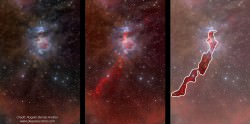 In addition their observations with CFHT — which were combined with previous observations with ESA’s Herschel and XMM-Newton and NASA’s Spitzer and WISE — have led to the discovery of another smaller cluster, L1641W.
In addition their observations with CFHT — which were combined with previous observations with ESA’s Herschel and XMM-Newton and NASA’s Spitzer and WISE — have led to the discovery of another smaller cluster, L1641W.
According to the team’s paper, “We find that there is a rich stellar population in front of the Orion A cloud, from B-stars to M-stars, with a distinct 1) spatial distribution; 2) luminosity function; and 3) velocity dispersion from the reddened population inside the Orion A cloud. The spatial distribution of this population peaks strongly around NGC 1980 (iota Ori) and is, in all likelihood, the extended stellar content of this poorly studied cluster.”
The findings show that what has been known as Orion Nebula Cluster is actually a combination of older and newer groups of stars, possibly calling for a “revision of most of the observables in the benchmark ONC region (e.g., ages, age spread, cluster size, mass function, disk frequency, etc.)”
[Read more: Astronomers See Stars Changing Right Before Their Eyes in Orion Nebula]
“We must untangle these two mixed populations, star by star, if we are to understand the region, and star formation in clusters, and even the early stages of planet formation,” according to co-author Dr. Hervé Bouy.
The team’s article “Orion Revisited” was published in the November 2012 Astronomy & Astrophysics journal. Read the CFHT press release here.
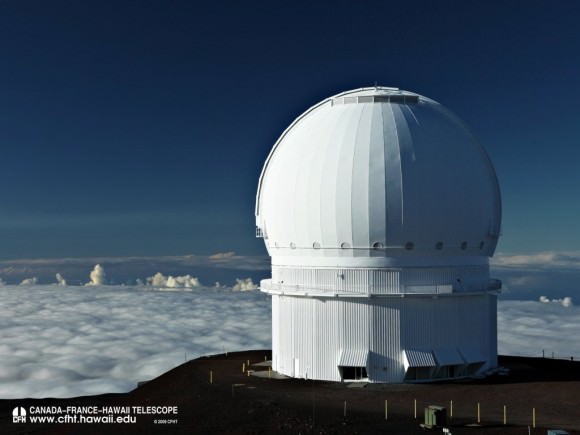
The Canada-France-Hawaii Telescope’s Mauna Kea summit dome in September 2009. Credit: CFHT/Jean-Charles Cuillandre
Inset image: Orion nebula seen in optical – where the molecular cloud is invisible – and infrared, which shows the cloud. Any star detected in the optical in the line of sight over the region highlighted in the right panel must therefore be located in the foreground of the molecular cloud. Credit: J. Alves & H. Bouy.
